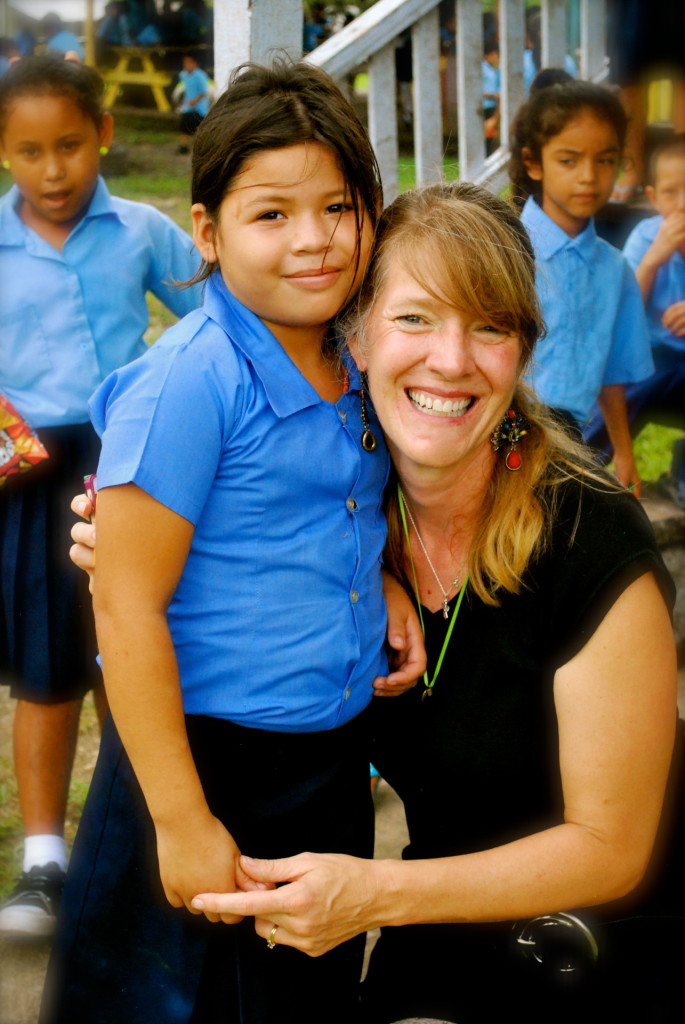Although language and culture may separate American first graders from those in Belize, a teacher exchange is helping to bring to light the similarities between the two countries.
Jean Kirshner, a teacher in the Douglas County School District and Ph.D. student in the School of Education at Colorado State University, is raising global awareness among schoolchildren in both countries with the Belize Education Project. In 2007, Kirshner visited Belize, which inspired her to start a teacher exchange program. As a first-grade teacher in Parker, she hopes to provide a mutually beneficial experience for both American and Belizean students. “The really beautiful thing about it is that we’ve became friends,” Kirshner said, referring to her colleagues in Belize. “It’s not out of charity, but out of solidarity. Together we’re lifting our kids.”

What started as a medical mission with a surgeon friend of Kirshner’s in 2007 evolved into her current project.
“I decided at that time to connect with the schools, and that was a better use of my skills and experience,” Kirshner said. “So I went over to a school that was next to the hospital, and got in contact with the principal there.”
During that trip, Kirshner was the only teacher. She realized she wanted to come back, but with more teachers, whom she immediately involved in the project.
“I brought the principal back from Belize because it was difficult to explain what was going on within the walls of my classroom,” Kirshner said.
The following year, Kirshner brought six teachers with her. Since then, the exchange has not just consisted of Kirshner taking additional teachers to Belize each October, but having teachers from Belize come to Colorado in the spring, supported by fundraisers and donations. Last October, Kirshner brought 33 educators from four schools from the U.S. to Belize. In April, 10 Belizean teachers and principals will come to the U.S. to work with Colorado students.
One of the mutually beneficial aspects of the exchange program is the way in which students from both regions are able to learn about each other’s home country.
“What we have are kids creating lessons for each other,” Kirshner said. “For example, my first-grade students did a lot of research on Belize and its climate and economy. They figured out they were resource poor and knew they could benefit from school supplies.”
Students not only learn about the differences between themselves and Belizean students, but also what unifies them through similar values. Kirshner described an occasion when her Colorado students were learning about national symbols, and had to query their Belizean counterparts about what their national symbols were, and what they mean.
“The coolest thing about that was that my kids had just learned that we have the bald eagle, which represents freedom,” Kirshner said. “Low and behold, the Belize national symbols have freedom as a concept also.”
Kirshner said that this prompted her students to look at the idea of freedom.
“They were really starting to question and research on their iPads: ‘Wait a minute, if freedom is something the Americans value, and it’s something the kids in Belize value, then is it possible that freedom is a global, human value?'” Kirshner said.
Kirshner mentioned that this global awareness has really deepened her students’ understanding of their peers. She hopes the program is here to stay.
“We may add additional schools, but our intention is that this is long term and that these schools will be partnering indefinitely,” she said. “We’re as tied into their long-term, sustainable success as they are us.”
Written by Chance Johnson.